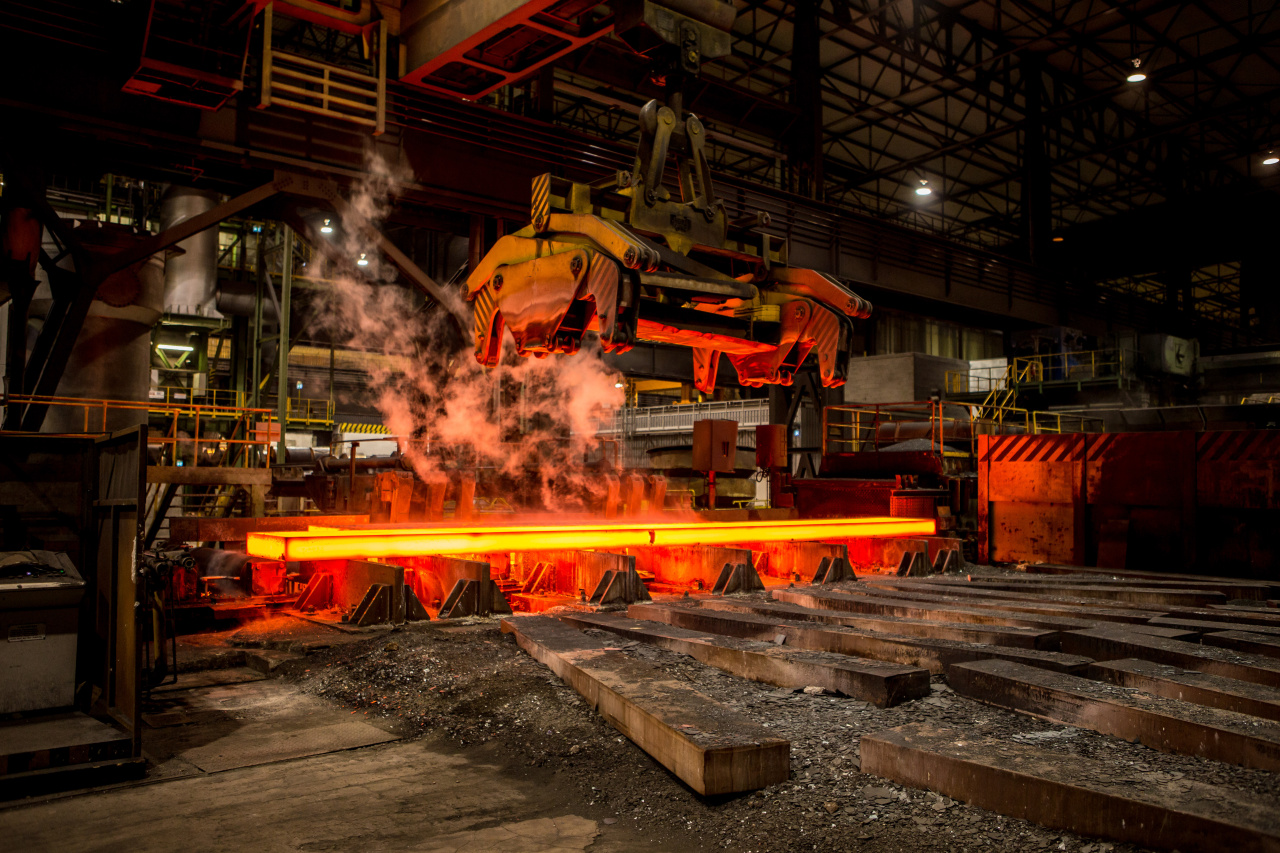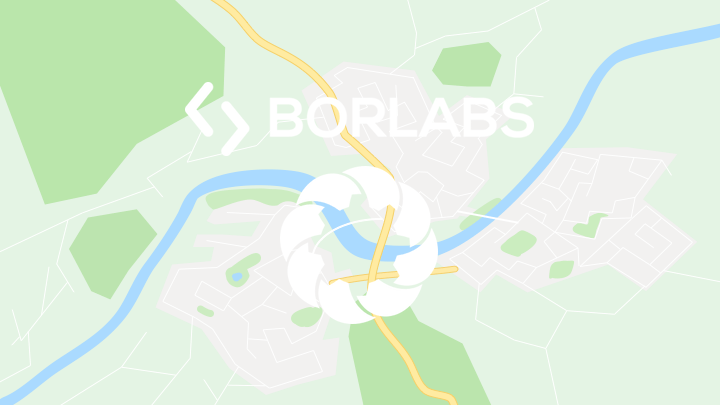PROJEKTE

Das Projekt SALCOS der Salzgitter AG soll aufzeigen, wie eine klimafreundliche Stahlproduktion Realität werden kann.
© Salzgitter AG
SALCOS® – Salzgitter Low CO2 Steelmaking
Bei der Stahlproduktion entstehen aktuell noch große Mengen CO2. Da die Einsparpotenziale jedoch immens sind, steht die Frage im Raum, wie eine klimafreundliche Stahlproduktion Realität werden kann. Das Projekt SALCOS ® der Salzgitter AG will genau das aufzeigen. Die CO2-Emissionen sollen dabei durch den Einsatz von Wasserstoff drastisch gesenkt werden.
News (23.04.2024): Salzgitter AG und Uniper SE unterzeichnen Vorvertrag über die Lieferung und Abnahme von grünem Wasserstoff
Wie die Salzgitter AG und Uniper heute bekanntgaben, haben die beiden Unternehmen einen Vorvertrag über die Lieferung und die Abnahme von grünem Wasserstoff unterzeichnet. Dabei geht es um die Lieferung von bis zu 20.000 Tonnen grünem Wasserstoff pro Jahr nach Salzgitter; die Lieferung könnte laut derzeitiger Planungen ab 2028 erfolgen. Der grüne Wasserstoff soll in einem 200 Megawatt-Elektrolyseur auf dem Gelände des ehemaligen Steinkohlekraftwerks von Uniper in Wilhelmshaven produziert werden. Mehr erfahren
News (15.12.2023): Forschungskooperation GrInHy zwischen der Salzgitter AG und der Sunfire GmbH geht in die dritte Runde
Im Rahmen der Forschungskooperation „Green Industrial Hydrogen“ (GrInHy) wird in Salzgitter der industrielle Einsatz der Hochtemperatur-Elektrolyse in der Stahlproduktion genauer untersucht. Hierbei wurde im Projekt GrInHy2.0 bereits ein SOEC-Elektrolyseur aufgebaut, der laut Salzgitter AG einen Rekordwirkungsgrad von 84% erreicht hat.
Nach mehr als 19.00 Betriebsstunden und 190 Tonnen erzeugtem Wasserstoff werden nun im Rahmen des Nachfolgeprojekt „GrInHy3.0“ zwei neue Testmodule mit einer Elektrolyseleistung von 540 kW in die vorhandene Infrastruktur integriert. Diese seien noch robuster und effizienter, wodurch die Anlage künftig etwa 16,5 Kilogramm Wasserstoff pro Stunde produzieren soll. Der produzierte Wasserstoff werde u.a. für die Direktreduktion von Eisenerz in der Versuchsanlage µDral der Salzgitter AG eingesetzt. Die Inbetriebnahme der neuen Module ist für das Jahr 2024 vorgesehen.
Das bis 2027 laufende Vorhaben wird gemeinsam mit der TU Bergakademie Freiberg umgesetzt und vom Bundesministerium für Wirtschaft und Klimaschutz gefördert. Mehr hierzu
News (20.09.2023): Salzgitter AG gibt 100 Megawatt-Elektrolyseur zur Produktion von grünem Wasserstoff bei der ANDRITZ-Gruppe in Auftrag
Wie die Salzgitter AG heute bekanntgab, hat der Stahlhersteller im Rahmen des SALCOS-Programms einen 100-Megawatt-Elektrolyseur bei der ANDRITZ-GRUPPE bestellt. Der Elektrolyseur soll zentraler Bestandteil von SALCOS werden und die grüne Stahlproduktion mittels grünen Wasserstoffs ermöglichen. Die 100 MW-Anlage soll dafür auf dem Gelände der Salzgitter Flachstahl GmbH errichtet werden und ab 2026 rund 9.000 Tonnen grünen Wasserstoff pro Jahr erzeugen. Mehr erfahren
News (24.05.2023): Salzgitter bestellt Direktreduktionsanlage für die klimafreundliche Stahlproduktion bei Konsortium aus Tenova, Danieli und DSD Steel Group
Wie die Salzgitter AG heute bekanntgab, hat der Stahlkonzern einen Auftrag für die Errichtung einer Direktreduktionsanlage auf dem Gelände der Salzgitter Flachstahl GmbH vergeben. Auftragnehmer ist dabei ein Konsortium aus Tenova, Danieli und DSD Steel Group. Die beauftragte Direktreduktionsanlage beruht auf der sogenannten „Energiron ZR® Direct Reduction“-Technologie, die eine flexible Mischung von Wasserstoff und Erdgas ermöglicht. Die Anlage soll laut Salzgitter AG ab dem Jahr 2026 im Rahmen des SALCOS®-Projekts den Einsatz von Wasserstoff anstelle von Kohle in der Stahlproduktion ermöglichen. Die Anlage könne dabei bereits die Hälfte der bis 2033 geplanten Gesamtkapazität an Direktreduktionsanlagen stellen. Mehr erfahren
News (04.05.2023): EWE und Salzgitter AG wollen beim Thema Wasserstoff kooperieren!
News (18.04.2023): Habeck und Weil übergeben Förderbescheid in Höhe von knapp einer Milliarde Euro für das SALCOS-Projekt an die Salzgitter AG
Im Rahmen der HANNOVER MESSE haben Robert Habeck und Stephan Weil heute einen Förderbescheid über knapp eine Milliarde Euro an die Salzgitter AG übergeben. Gefördert wird das SALCOS-Projekt der Salzgitter AG, in dem mittels einer wasserstofffähigen Direktreduktionsanlage die klimafreundliche Stahlproduktion ermöglicht werden soll. Rund 700 Millionen Euro Förderung werden dabei vom Bund zur Verfügung gestellt, das Land Niedersachsen fördert das Projekt mit 300 Millionen Euro. Mehr hierzu
News (08.03.2023): Netzbetreiber kooperieren bei der zukünftigen Versorgung vom Industriestandort Salzgitter mit Erdgas und Wasserstoff
An das entstehende Wasserstoffnetz war Salzgitter bisher noch nicht angeschlossen. Das nun vereinbarte Infrastrukturkonzept umfasst eine neue direkte Anbindung von Salzgitter an das Gasfernleitungsnetz von Gasunie sowie die effiziente Nutzung bestehender Gasinfrastruktur der Avacon. Mehr…
News (15.09.2022): Ministerpräsident Weil und BMWK-Staatssekretär Wenzel unterzeichnen Vereinbarungen zur Bereitstellung von Fördermitteln
Im September haben der niedersächsische Ministerpräsident Stephan Weil und BMWK-Staatssekretär Stefan Wenzel eine Verwaltungsvereinbarung zur Projektförderung von SALCOS unterzeichnet. Mehr…
News (13.07.2022): Salzgitter AG beschließt Investitionen für den Aufbau einer klimafreundlichen Stahlproduktion!
Der Aufsichtsrat der Salzgitter AG hat den Investitionen für den Aufbau einer grünen Stahlproduktion in Salzgitter zugestimmt. Zunächst sollen hierfür 723 Millionen Euro investiert werden, um die Stahlproduktion schrittweise so umzubauen, dass deutlich weniger Emissionen entstehen. Mehr…
Aktuell wird das Roheisen in der Salzgitter AG noch über Hochöfen aus Kohle und Eisenerz hergestellt – ein Prozess, bei dem sehr viel CO2 freigesetzt wird. Um die Stahlproduktion in Zukunft CO2-ärmer und klimafreundlicher zu gestalten, sollen im Projekt SALCOS (SALZGITTER LOW CO2 STEELMAKING) die bislang verwendeten Hochöfen durch Direktreduktionsanlagen ausgetauscht werden. Bei der Direktreduktion entsteht aus Eisenerz und Wasserstoff Eisenschwamm. Bei diesem Vorgang entsteht kein CO2, sondern lediglich Wasser, welches für die weiteren Prozessschritte verwendet werden kann. Die CO2-Emissionen sollen durch diese Umstellung um mehr als 95% gesenkt werden. Die erste Anlage könnte 2026 in Betrieb gehen.
Bei dem Prozess der Direktreduktion soll grüner Wasserstoff zum Einsatz kommen, den die Salzgitter AG zum Teil selbst herstellen will. Hierzu wurden zwei weitere Wasserstoffprojekte entwickelt: Im Projekt Wind H2 soll Windenergie zur Wasserstoffherstellung genutzt werden und im Projekt GrInHy2.0 soll die industrielle Abwärme (mittels eines Hochtemperatur-Elektrolyseurs) für die Elektrolyse genutzt werden. Im Rahmen des Projekts µDRAL wird die weltweit erste Direktreduktionsanlage in einem integrierten Hüttenwerk eingesetzt, die flexibel mit Wasserstoff und Erdgas betrieben werden kann.
Partner
Die Salzgitter AG ist ein Stahl- und Technologiekonzern mit über 24.000 Mitarbeiterinnen und Mitarbeitern. Wasserstoff spielt für das Unternehmen eine entscheidende Rolle für die Herstellung von klimaneutralem Stahl.
Logo: © Salzgitter AG
Bleiben Sie informiert – mit unserem Newsletter „NWN direkt…“
Sie möchten über diese und andere spannende Wasserstoff-Projekte aus Niedersachsen informiert bleiben? Dann melden Sie sich bei unserem Newsletter an!



